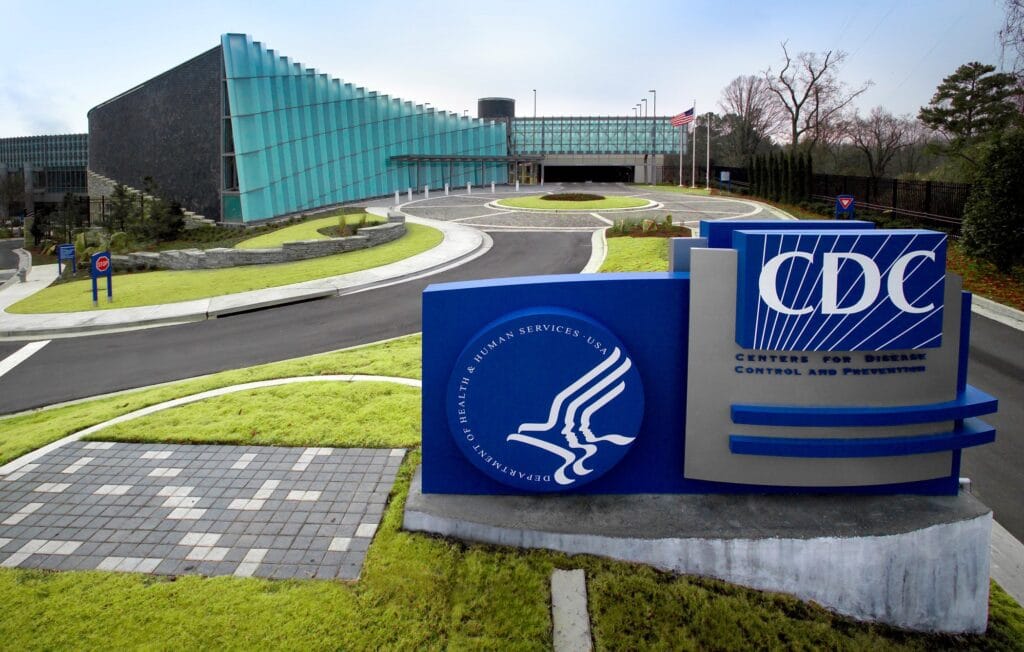
Pain Warriors,
We wanted to alert you about a timely opportunity to comment on the Updated Draft Opioid Prescribing Guideline which the CDC National Center for Injury Prevention and Control (NCIPC) presented at their meeting of the CDC Board of Scientific Counselors this past Friday, July 16. Comments on this Draft Guideline are due tomorrow, Friday, July 23.
To provide a written, public comment, send an email to ncipcbsc@cdc.gov on or before this Friday, July 23, 2021. All comments will be included as part of the meeting minutes which will be posted within 90 days of the meeting. To read U.S. Pain’s comment submitted to the CDC, click here.
The U.S. Pain Foundation is gravely concerned that the Updated Draft Guideline presented and discussed at the meeting is virtually identical to the original 2016 Guideline. (Click here to see a comparison of the 2016 and the Updated Draft 2021 Guideline.)
All of the serious problems identified by numerous researchers, clinicians, pain management experts, patient advocates, and patients over the past 5 years are still present in the new Updated Draft Guidelines released on July 16.
These include:
- A biased focus on risks and harms of opioids with no discussion of the benefits of opioids for pain relief when used appropriately
- Arbitrary use of MME dose limits with no basis in science
- And the exclusion of certain pain conditions (Cancer, Sickle Cell Disease, Palliative Care and End-of-Life Care) as if they are more worthy of pain control—pain is pain!
Since the introduction of the CDC Guideline in 2016, there has been overwhelming and widespread evidence of serious adverse consequences to thousands of pain patients including forced tapering, documented suicides, and sudden loss of access to medication, triggering withdrawal.
Despite claims to make a concerted effort to include the views of a wide variety of pain management experts, pain advocates, and pain patients in the development of the Updated Draft CDC Guideline, the authors have produced a new version with very few changes.
Current best practice in pain management is widely recognized to be a multimodal, multidisciplinary, integrated model of care that includes a combination of therapeutic options. However, there is no mention of therapeutic options in the new Guideline. The CDC’s endorsement of an integrated model of pain care including both pharmacological and non-pharmacological therapeutic options could help to break down barriers to access for many of these therapeutic options.
We hope that in drafting the final Guideline, the CDC takes these views into consideration.
We urge you to write the CDC today to tell them your thoughts on the Updated Draft Guideline. If the 2016 Guideline has affected your care, tell them how it has affected you. Ask them to make changes in this draft that would improve your pain care. It is crucial for people with pain to go on record with the CDC about a document that is certain to affect the future of pain care!
Thank you for taking action!
